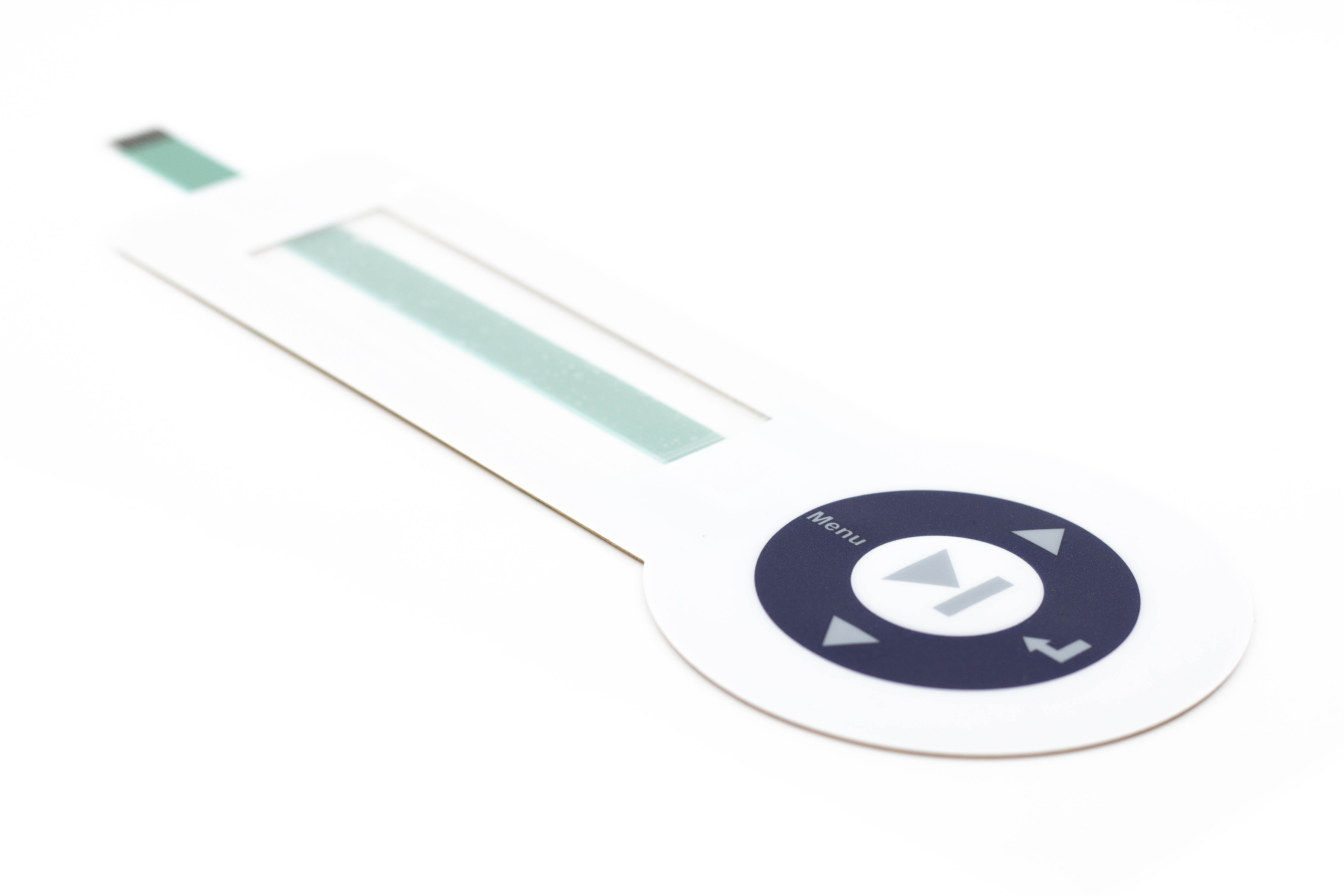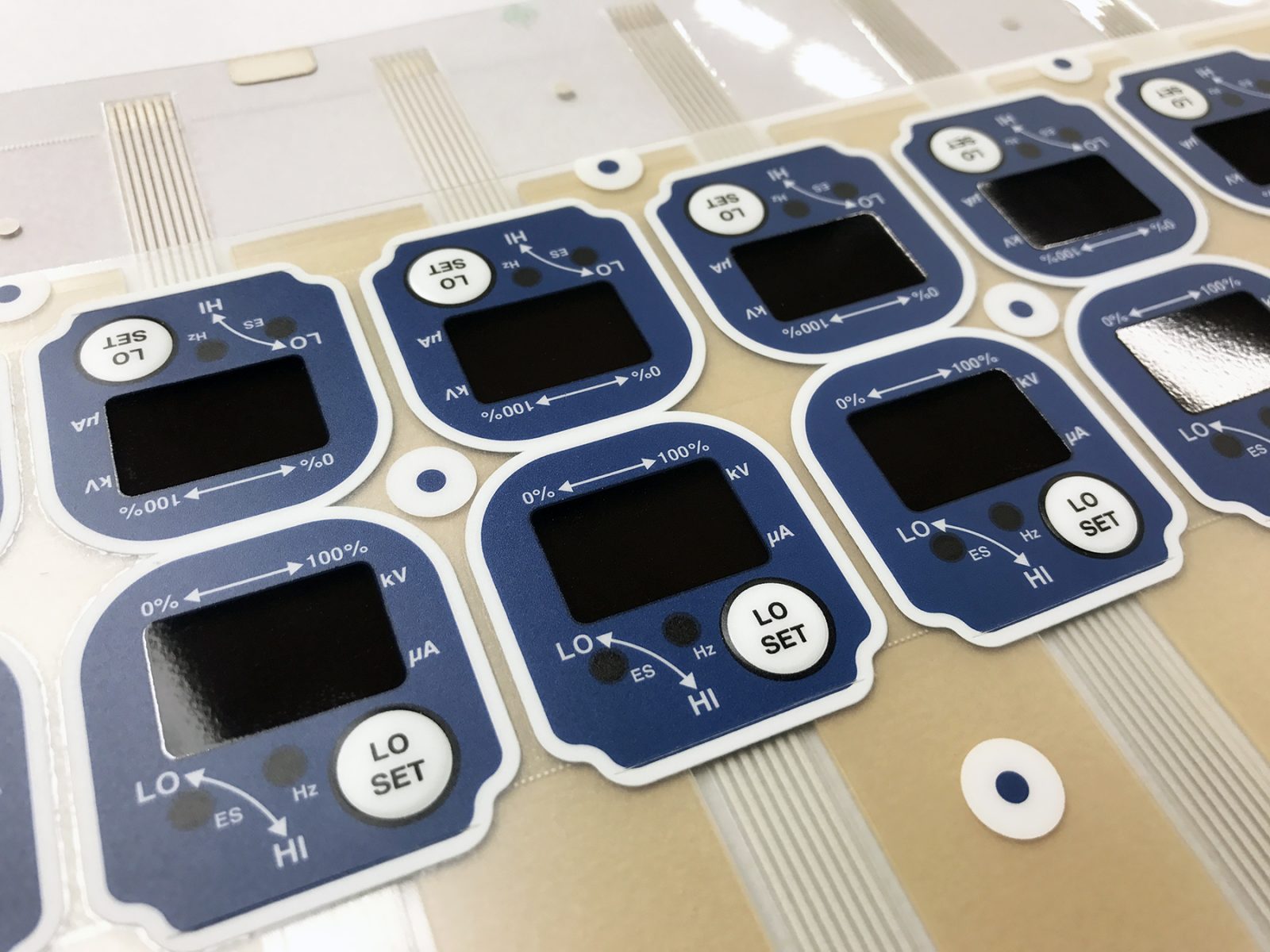Discover How Membrane Switches Feature and Their Duty in Modern Electronics
Membrane Switches stand for an advanced combination of modern technology and style within the realm of modern-day electronic devices, offering as necessary interfaces in numerous tools. Made up of multiple layers, these buttons utilize pressure-sensitive mechanisms to help with customer interaction. Their applications cover different markets, from consumer electronic devices to medical devices, highlighting their adaptability and significance. Recognizing the ins and outs of Membrane button performance and their broader effects in enhancing user experience invites more exploration right into their design, advantages, and the innovative advancements forming their future in technology.
What Are Membrane Switches?

Membrane buttons are identified by their resilience and resistance to ecological factors, such as dust, wetness, and extreme temperature levels. They can be personalized with numerous graphics, shades, and responsive responses options, boosting customer experience while keeping visual charm - membrane switches. Furthermore, the incorporation of printed circuits allows for seamless combination right into devices, improving overall capability.
The convenience of Membrane buttons appears in their capacity to sustain both straightforward and complicated control features. They can include functions such as LED indicators and touch-sensitive technology, catering to certain individual requirements. As modern technology remains to progress, Membrane Switches continue to be crucial for making it possible for instinctive and reliable interface, thus playing a critical role in the innovation of contemporary digital gadgets.
Parts of Membrane Switches
Membrane switches are made up of numerous essential parts that work with each other to create a reputable and functional interface. The main components include the visuals overlay, sticky layer, spacer layer, and conductive traces.
The visuals overlay functions as the interface, typically published on a flexible substratum such as polyester or polycarbonate. This layer not only gives aesthetic charm but additionally consists of tactile responses, visual hints, and protective attributes. Below the visuals overlay exists the sticky layer, which secures the switch to the tool and ensures longevity against ecological stresses.
The spacer layer is important for keeping the necessary space in between the visuals overlay and the circuit layer. When pressure is applied, this space allows for the activation of the switch. The conductive traces, normally made from silver or carbon, create the electrical pathways that finish the circuit when the button is involved.
Additionally, a backing layer may be consisted of for structural support and insulation. These elements work together flawlessly, guaranteeing that Membrane buttons are both durable and easy to use, making them crucial in various modern digital applications.
Exactly How Membrane Switches Job
Exactly how official website do Membrane Switches function efficiently within electronic tools? Membrane Switches operate the principles of pressure-sensitive modern technology, utilizing a split building and construction that consists of graphic overlays, sticky layers, and conductive components. When an individual applies pressure to the button, the top layer warps, enabling the conductive elements under to make call and complete an electrical circuit. This activity activates the preferred function within the device.
The style of Membrane switches is important for their efficient operation (membrane switches). The layers are thoroughly engineered to give responsive comments, resilience, and resistance to ecological aspects such as moisture and dust. The more information inclusion of domes-- tiny, increased locations within the switch-- enhances tactile feedback, supplying users with an obvious click sensation upon activation
In addition, Membrane buttons can be customized in regards to size, form, and graphics, making them suitable for different applications. They are often utilized in control panels, clinical tools, and consumer electronic devices due to their smooth design and reliability. Generally, the efficient functioning of Membrane buttons is pivotal in improving customer interaction and making sure seamless procedure in modern-day electronic gadgets.

Applications in Modern Instruments
Utilizing their special layout and capability, Membrane buttons have actually become essential elements in a vast array of contemporary digital tools. These versatile user interfaces are used in customer electronic devices, commercial equipment, clinical tools, and automotive controls, providing seamless user communication.
In customer electronic devices, Membrane buttons are frequently found in home appliances like microwaves, washing devices, and other home devices, where they make it possible for intuitive control with a sleek account. Their inconspicuous design helps with integration into compact devices, enhancing visual allure without endangering performance.
In commercial applications, Membrane Switches offer as control board for machinery, using toughness and resistance to extreme atmospheres. Their ability to endure wetness and contaminants makes them perfect for usage in production and handling sectors.
Clinical devices additionally take advantage of Membrane switches, which are made to be very easy to clean and keep, making sure health in medical setups. They are commonly utilized in analysis devices, individual monitoring systems, and mobile medical gadgets, where integrity is vital.
Advantages of Membrane Buttons
Among the crucial benefits of Membrane buttons is their adaptability, which allows them to be customized for a range of applications throughout several sectors. These switches can be made in numerous sizes and shapes, accommodating distinct item requirements while giving seamless assimilation right into devices. Their thin account enables a smooth and compact style, often improving the aesthetic allure of electronic products.
An additional significant benefit is their sturdiness - membrane switches. Membrane buttons are usually immune to dirt, moisture, and chemicals, making them excellent for severe atmospheres. This strength expands their life expectancy contrasted to traditional mechanical switches, minimizing the need for frequent replacements
Additionally, Membrane Switches deal cost-effectiveness. The manufacturing check it out process involves printing innovations that decrease manufacturing costs, especially for huge runs. This price, combined with low maintenance demands, makes them an eye-catching alternative for manufacturers.

Verdict
In verdict, Membrane Switches stand for a significant advancement in customer interface innovation within contemporary electronics. As the demand for resilient and instinctive interfaces continues to expand, the function of Membrane buttons in shaping user experience will undoubtedly increase.
Membrane Switches represent an advanced combination of technology and style within the realm of contemporary electronics, offering as necessary interfaces in countless devices.In the world of contemporary electronics, Membrane Switches serve as important components that facilitate user interaction with gadgets. As modern technology proceeds to develop, Membrane Switches stay essential for allowing reliable and intuitive individual interfaces, thus playing a critical duty in the development of contemporary digital devices.
Just how do Membrane Switches function efficiently within digital gadgets? Overall, the effective performance of Membrane switches is critical in boosting user interaction and making sure smooth operation in modern electronic tools.